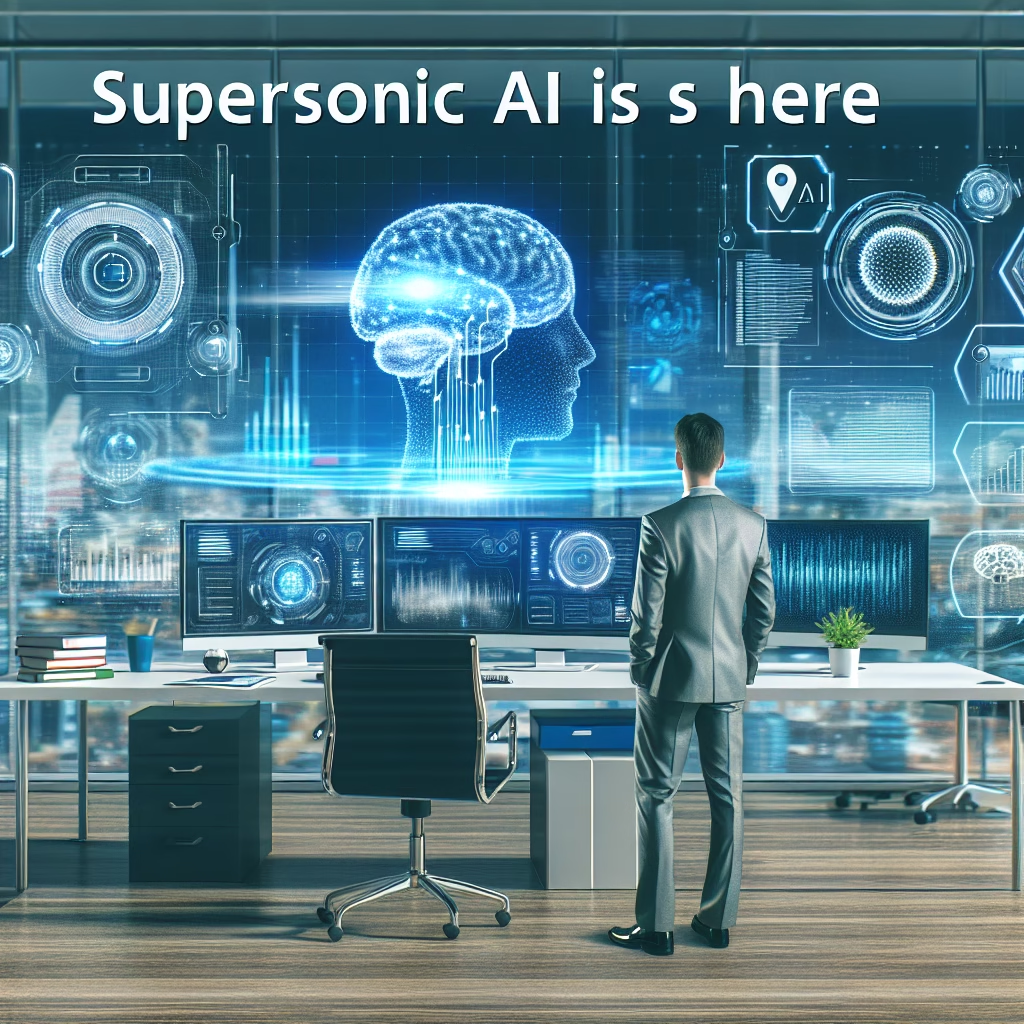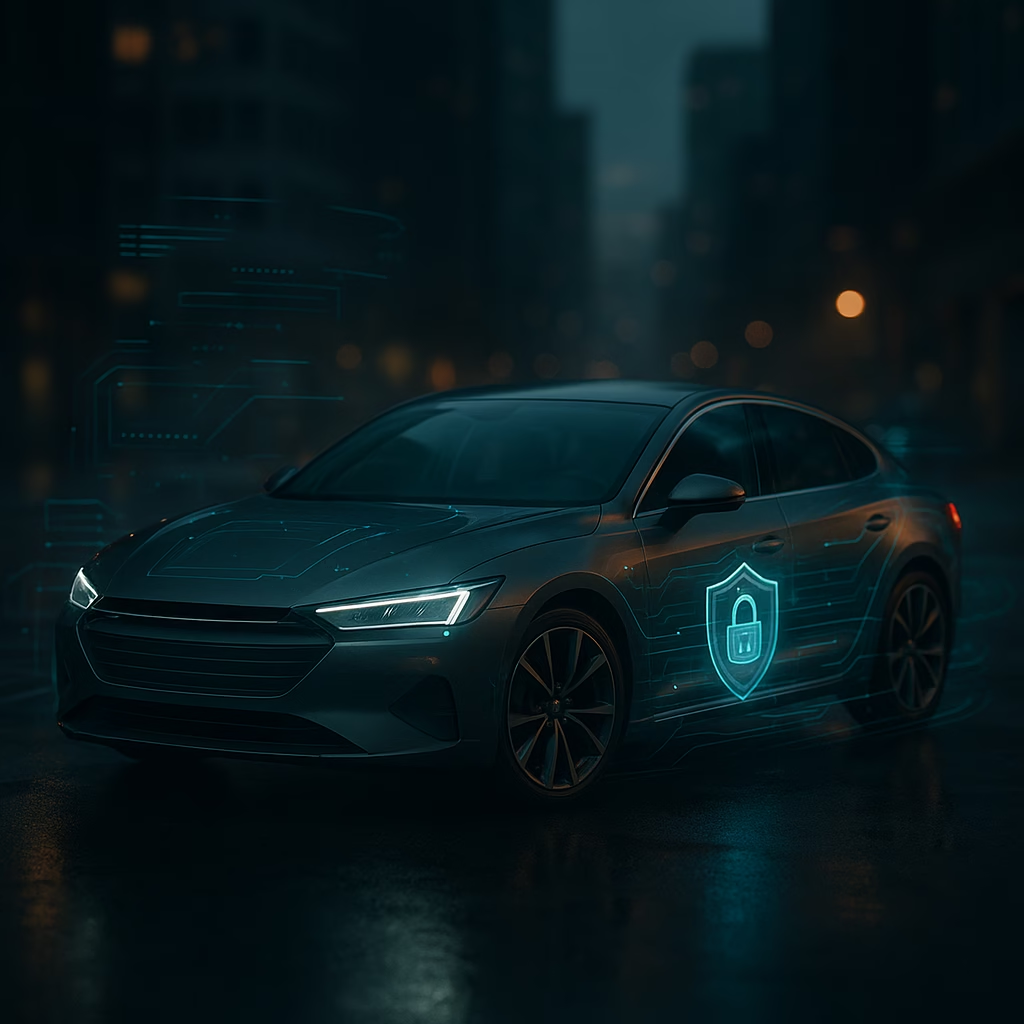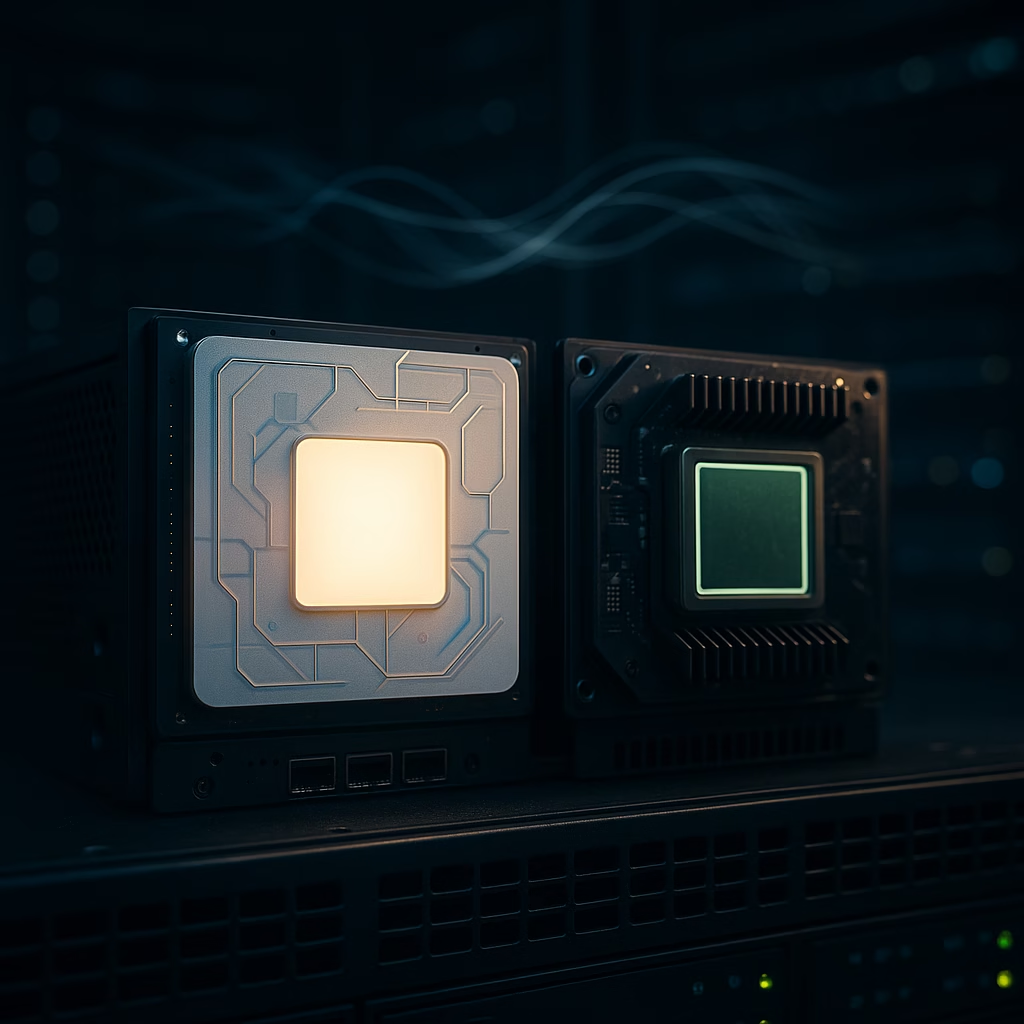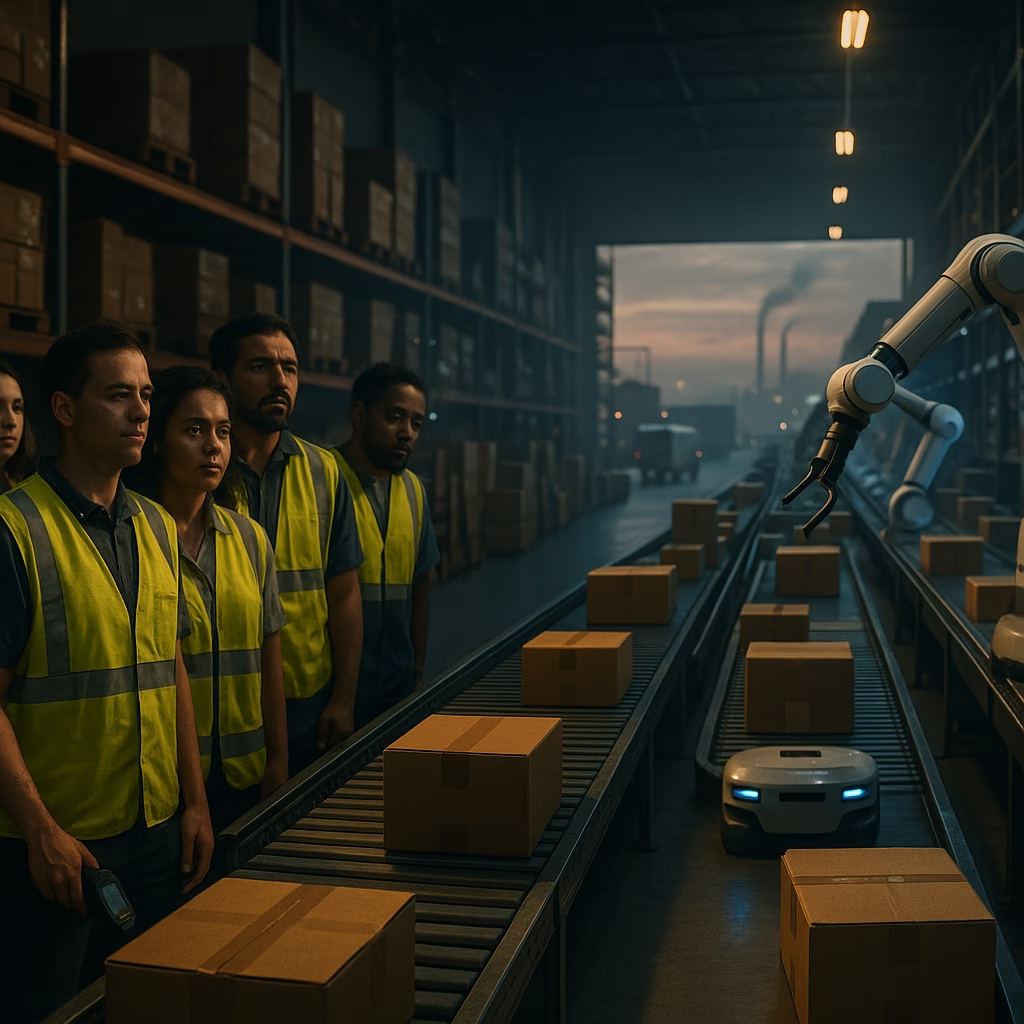Supersonic AI is Here
Welcome to the Era of Hyper-Acceleration
The world has undeniably entered a new era—one that is being redefined by artificial intelligence at an astonishing pace. The advent of supersonic AI, as recently discussed in a compelling piece on Kathimerini, is not just a technological revolution—it’s a societal one. These advanced AI systems are no longer simply tools; they are catalysts reshaping industries, redefining creativity, and challenging the very fabric of our knowledge and ethics.
We find ourselves at an inflection point, where understanding and navigating AI is becoming as essential as literacy. But what exactly is “supersonic AI”? Why is it taking off now, and what challenges—and opportunities—does it present for the global population? Let’s explore.
What is Supersonic AI?
Supersonic AI refers to artificial intelligence systems that operate, evolve, and adapt at breathtaking speeds—far beyond what traditional AI systems were capable of even a few years ago. With the rise of language models like ChatGPT, Gemini, Claude, and open-source rivals, AI now processes, learns, and outputs information in real-time, often with near-human sophistication.
Key Characteristics of Supersonic AI:
- Speed: Tasks that once took hours or days are now accomplished in minutes or seconds.
- Scalability: These systems can power everything from individual chatbots to large-scale enterprise and government applications.
- Learning Capacity: They grow smarter with every interaction, absorbing massive datasets from across the web and digital interfaces.
- Accessibility: Tools are increasingly made available to the wider public, enabling even small businesses and creators to harness AI power.
A New Tech Epoch: As Big as the Internet?
Much like the internet revolution of the 1990s or the smartphone boom of the early 2000s, supersonic AI is a fundamental shift. Analysts, researchers, and tech leaders agree: this is an epoch-making moment with a comparable—or greater—impact on how society operates.
So how does this transformation manifest in real life?
Real-World Applications That Are Already Redefining Industries:
- Healthcare: AI-driven diagnostics, treatment personalization, and robotic surgeries are improving patient outcomes drastically.
- Finance: Supersonic algorithms can detect fraud, assess risks, and automate trading at speeds impossible for human analysts.
- Education: Personalized tutoring and curriculum development are becoming more widely available thanks to AI’s adaptive capabilities.
- Entertainment: Content creation—scripts, music, and even video production—is being co-authored or entirely generated by AI systems.
- Journalism: Investigative research, article summarization, and even content composition is now often AI-assisted—sometimes without the reader even knowing.
In short, supersonic AI is the invisible engine powering innovation across nearly every industry and field imaginable.
The Challenges of AI’s Rapid Evolution
While the pace of AI development is undeniably thrilling, it brings a host of concerns that society must urgently address.
1. The Data Dilemma
Supersonic AI feeds on data—public and private, formal and informal, structured and unstructured. This raises questions about:
- Consent: Are individuals aware that their digitally shared content—and even personal conversations—might be used to train AI models?
- Ownership: Who owns the derivative works generated by AI? Is it the AI’s creator, the user, or the originator of the source data?
- Bias: Datasets often reflect the biases of their creators, and AI models can unintentionally learn and amplify these flaws.
2. Job Displacement
The biggest fear surrounding supersonic AI is that it may displace millions of workers. From fast food to finance, from customer support to coding, many human jobs are at risk as machines become more efficient, more accurate, and—crucially—less costly.
However, this concern is not entirely new. Every industrial or technological revolution—from the steam engine to software—has sparked similar fears before ultimately reshaping the labor market with new roles. But will AI produce enough replacement opportunities to compensate for the elimination of traditional jobs? Only time will tell.
3. Security and Misinformation
With great power comes great responsibility—or potential for harm. AI systems can now generate text, images, audio, and videos that are virtually indistinguishable from real human outputs.
That ability opens the floodgates for misuse:
- Deepfakes: Videos or audio clips impersonating public figures with startling accuracy.
- Fake News: AI-generated articles and tweets designed to misinform or manipulate public opinion.
- Cyber Crime: Automated phishing emails and malware generation that constantly evolves to bypass traditional security.
Governance Must Catch Up
One of the most pressing challenges in the age of supersonic AI is the lack of universal standards and regulations. As AI grows in power and influence, many governments are playing catch-up, struggling to create laws that can adapt to rapidly changing realities.
Current Efforts Include:
- EU AI Act: One of the first comprehensive regulatory frameworks on AI, classifying applications into risk tiers.
- US Executive Orders: A series of presidential directives aimed at ensuring AI development remains “safe, secure, and trustworthy.”
- Private Sector Initiatives: Leading tech companies are creating partnerships and safety boards to self-regulate—though with varying transparency.
Still, the pace of AI development vastly outpaces regulation, raising existential questions about control, ethics, and oversight.
Moving Forward: Embracing AI with Caution and Creativity
Rather than resisting AI or blindly embracing it, society must engage with it critically and creatively. Education will play a pivotal role. Digital literacy should now include understanding how AI works and how it makes decisions. Creators, developers, and users all need to ask deeper questions about who AI serves—and how it should serve us.
Adopting a Responsible Mindset:
- Transparency: Knowing when you’re interacting with AI matters—particularly in journalism, healthcare, and public service.
- Ethical Design: Developers must build systems that reflect universal values like equity, privacy, and accountability.
- Public Participation: The broader public must be included in AI policy discussions, not just academics and technocrats.
Conclusion: The AI Revolution is Supersonic—and It’s Just Beginning
Supersonic AI is no longer a concept of the future; it’s the defining force of our present. The opportunity to reshape how we work, live, and interact lies ahead—but so does the responsibility to steer this powerful technology wisely.
As AI continues to soar, let’s ensure we stay involved in its flight path, guiding it toward innovation that enhances human dignity, fosters creativity, and serves the collective good.
Because while AI may be supersonic, the human heart and mind must remain the true compass of our future.
< lang="en">







Leave a Reply